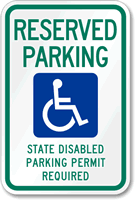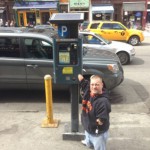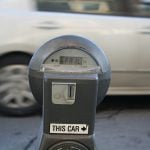Overlooked facts about accessible parking requirements
Almost everyone is accustomed to the spaces reserved for those with accessible parking permits, and knows to leave those spaces for people who truly need them (we hope). We know that anyone with restricted mobility qualifies for handicapped parking. However, limited mobility isn’t always visible; a common misconception that should be noted next time you question why someone is able to park in those conveniently located spaces.
Accessible parking spaces have made life a little easier for those with a handicap. Required by law in most public spaces, they shorten the walking distance between the driver and the destination. Easily recognized by the standard wheelchair ADA symbol, guidelines dictate that there should be one disabled parking space ever 25 spaces with a sign displayed 60 inches above the ground.
Many incorrectly believe that the driver himself must possess a handicap to qualify for an accessible parking permit. In fact, someone with limited mobility who cannot drive also qualifies, such as someone who is legally blind. Someone may drive for him or her, but the permit ensures the passenger’s safety; it’s extremely dangerous for someone who cannot see to walk around a busy parking lot.
In addition, as explained by Washington State’s dept. of licensing, those with handicaps that are not visible, such as lung disease, cardiovascular disease, or sensitivity to light or vehicle emissions, also qualify for disabled parking permits.
Next time you think about illegally parking in a disabled space, remember that the spaces are there not only for convenience, but also as a safety precaution. Leave the spot for the person who really needs it, and prevent an emergency situation.
Related Posts
Category: Regulations



















